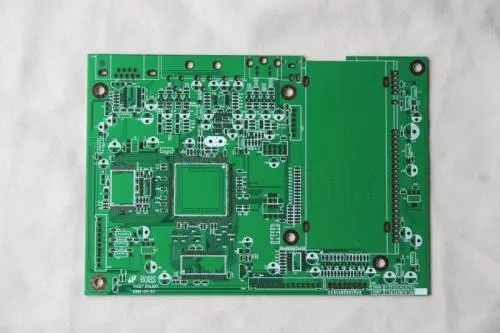Briefly introduce you to the relevant knowledge of PCB schematics
In the research of PCB reverse technology, the reverse push schematic refers to the reverse push out according to the PCB document drawing or the direct drawing of the PCB circuit diagram according to the actual product. It aims to explain the principle and working condition of the circuit board. The circuit diagram can be used to analyze the function of the product itself. feature. In the development of forward design, general product research and development must first carry out schematic design, and then carry out PCB design according to the schematic. Whether it is used to analyze circuit board principles and product operating characteristics in reverse research, or is reused as the basis and basis of PCB design in forward design, PCB schematics have a special role. So, how to reverse the PCB schematic diagram based on the file diagram or the actual object, and what details should be paid attention to during the reverse calculation process?

1. Reasonable division of functional areas
Reasonable division of functional areas can help engineers reduce unnecessary troubles and improve drawing efficiency. Generally speaking, components with the same function on a PCB board are arranged in a concentrated manner, and the division of areas by function can have a convenient and accurate basis when inverting the schematic diagram. But the division of this functional area is not arbitrary. It requires engineers to have a certain understanding of electronic circuit related knowledge. First, find out the core components in a certain functional unit, and then according to the wiring connection, you can find other components of the same functional unit to form a functional partition. The formation of functional partitions is the basis of schematic drawing. In addition, in this process, don't forget to use the serial numbers of the components on the circuit board cleverly, they can help you partition the functions faster.
2. Find the right reference parts
After determining the reference parts, drawing according to the pins of these reference parts can ensure the accuracy of the schematic diagram to a greater extent. For engineers, the determination of reference parts is not very complicated. Under normal circumstances, the components that play a major role in the circuit can be selected as reference parts. They are generally larger in size and have more pins, which is convenient for drawing. Such as integrated circuits, transformers, transistors, etc., can all be used as suitable reference components.
3. Correctly distinguish lines and draw wiring reasonably
For the distinction between ground wires, power wires, and signal wires, engineers also need to have relevant power supply knowledge, circuit connection knowledge, PCB wiring knowledge, and so on. The distinction of these lines can be analyzed in terms of the connection of components, the width of the copper foil of the line, and the characteristics of the electronic product itself. In the wiring drawing, in order to avoid the crossing and interpenetration of lines, a large number of grounding symbols can be used for the grounding line. Various lines can use different colors and different lines to ensure that they are clear and identifiable. For various components, special signs can be used, or even Draw the unit circuits separately, and finally combine them.